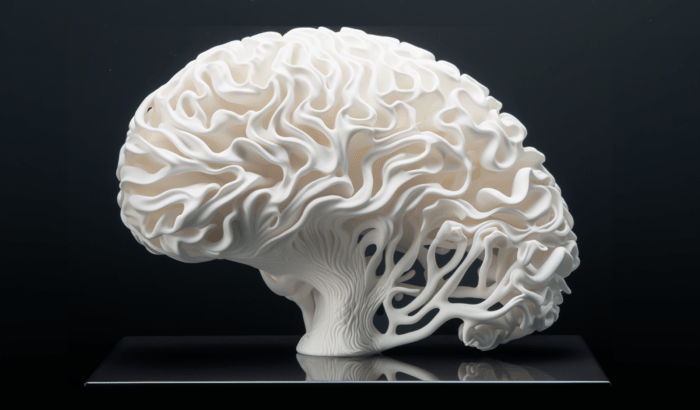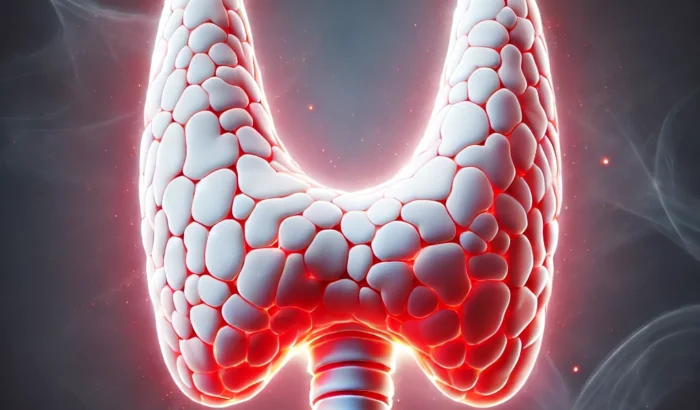In the battle against migraine, is the missing link outside of the brain?
The migraine market, on the surface, seems relatively well-served.
It’s considered fast-moving, with a sizeable pipeline of treatments, including drugs with novel pharmaceutical mechanisms, and non-pharmacological treatments too. The EU migraine market was worth 3.8bn as of 2023, and it’s predicted to continue to grow.
Pharmaceutical treatment is currently dominated by the treatment class Calcitonin Gene-Related Peptide (CGRP) monoclonal antibodies.
CGRP, which is involved in transmission of pain signals, is released during a migraine attack. In a nutshell, CGRP mAbs bind to the CGRP protein or its receptor.
Side effects are reported to be fairly mild, and for chronic sufferers (defined as someone who has 15 days of migraine per month), GCRP mAbs can reduce the number of migraine attacks by up to 50%.
The painful truth
But that’s not to say that there aren’t issues with migraine healthcare.
For one, there is a real challenge when it comes to overuse of medication among sufferers. NSAIDs, ergotamines, opiods and triptans are known to be overused, and can lead to its own kind of condition called Medication Overuse Headaches (MOH).
Even a 50% reduction for chronic sufferers could still mean a week of migraines per month. Clearly, CGRP mAbs alone are not enough to entirely manage the pain, or the social, work-life, and self-care affects that migraines are known to bring.
Even diagnostics aren’t black and white. As of today, there are no definitive biomarkers of migraine. For a condition so common, this seems surprising.
Furthermore, against the rates of investment into treatment, prevention looks somewhat left by the wayside, with only 15% of research budget allocated to prevention strategies.
This might be linked to symptom normalisation across many cultures – as someone who’s suffered with migraines since teenage, I can’t count the number of times I’ve heard that ‘it’s a headache.’
Perhaps, dare we say it, the fact that women outnumber men 3:1 as migraine sufferers also plays a part in the shortcomings around migraine care. It is well documented that women have their symptoms invalidated more than men.
So, where do we start?
While we can’t tackle everything at once, we do think there is one particular angle that is worth investigation.
Did you know that migraines are more common among people who live in urban environments, such as cities?
And when you consider that a number of environmental factors are identified as triggers, a potential picture starts to form.
Poor air quality, both indoor and outdoor, is considered a trigger, as is light pollution. Blue light, to which we’re all subjected at all hours of the day, is included as a source of light pollution here.
Then, we have environmental toxins. Of course, there has been a rise in our exposure to environmental toxins, due to the societies in which more of us live, and the products that more of us use every day.
Even changes in weather can be a trigger.
So, in our current era of climate change, it seems we’re crying out for greater understanding of environmental impacts on migraines than ever.
People of minoritised ethnicities are more likely to live in cities and urban areas, not just in the UK but right across Europe. And since this group have some of the worst access to diagnosis and treatment, they are counting on change makers in healthcare to uncover more and prevent their suffering.
So, given that we can’t simply up sticks and live in the woods and while medication isn’t quite solving the problem, it seems more research is needed into the exact role that different environmental factors play, and how we might begin to mitigate those risks.
When we have more knowledge, we might be able to set recommendations or standards around workplaces and public premises, or issuing advice for home life.
Technology as problem, technology as solution
On one hand, the levels of blue light, noise pollution and environmental toxins produced by our phones, TVs, laptops and tablets are negative when it comes to triggering migraines.
But what if we could use the ubiquity of technology in patient’s lives for good?
Our technology gathers a huge amount of information about us – some we choose to gather, and some is more incidental. Exactly where we go each day, what we eat, the temperature of the city we’re in, how we slept, how much screen-time we’ve had.
Imagine aggregating that information with AI, combined with symptom tracking and treatment monitoring, to uncover some real insight and patterns about individual’s triggers.
We could really learn a lot about where to place our efforts in the war against migraine.
As you can tell, we’re full of ideas and passionate about the topic of migraines.
If you’re working on migraine treatments, HCP education or patient advocacy we’d love to talk with you about how you could bolster your portfolio by standing up for environmental factors.
Reach out for a no-obligation chat.






